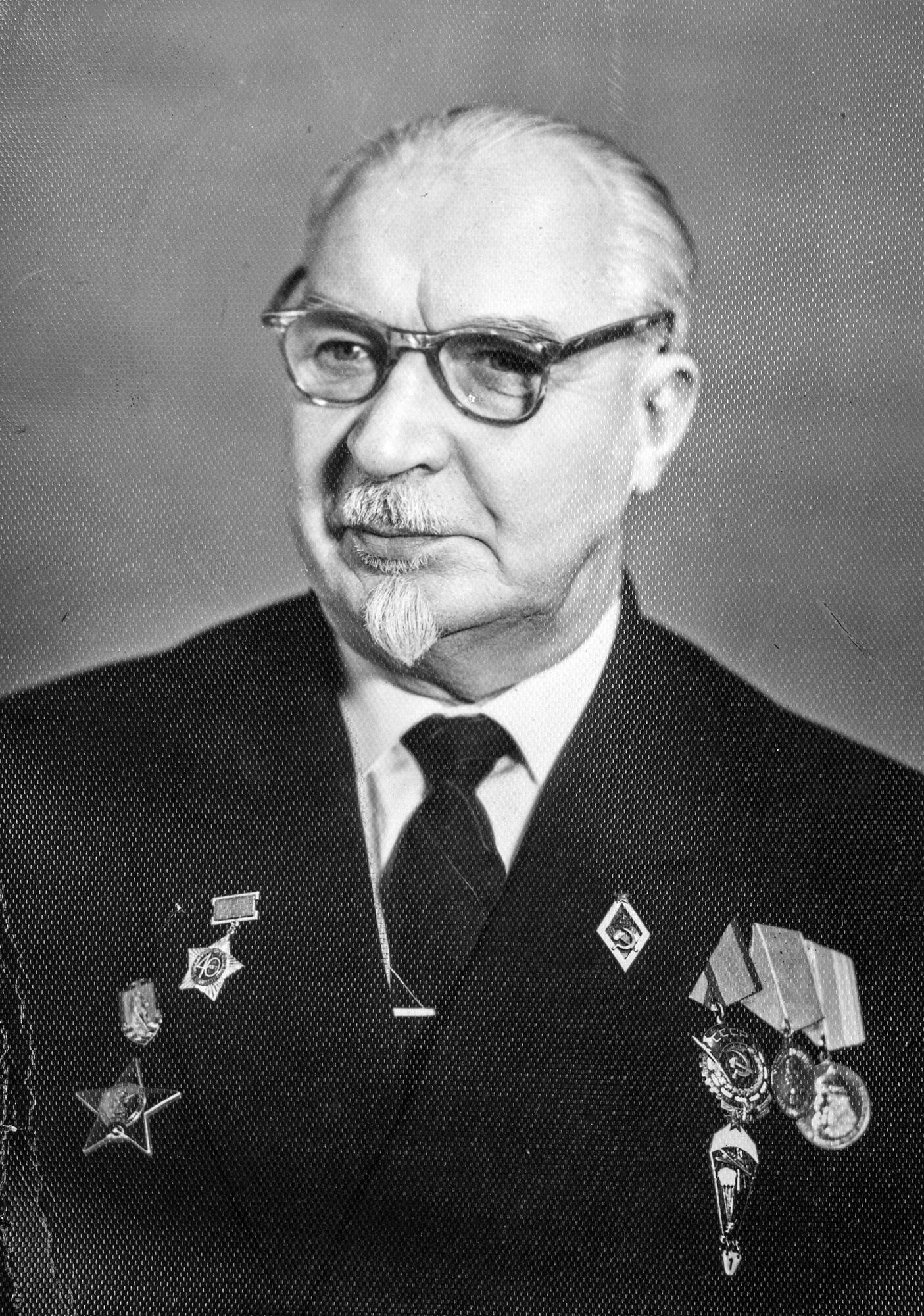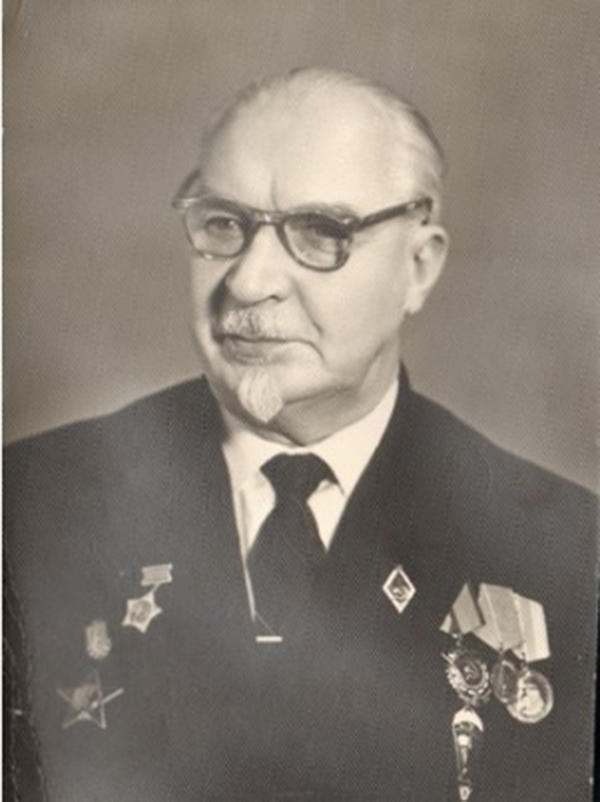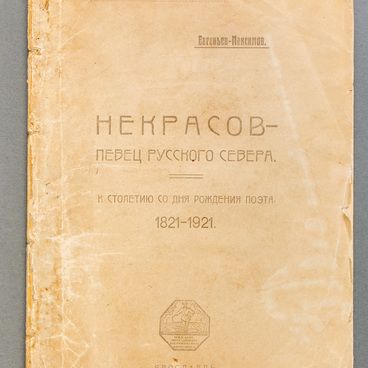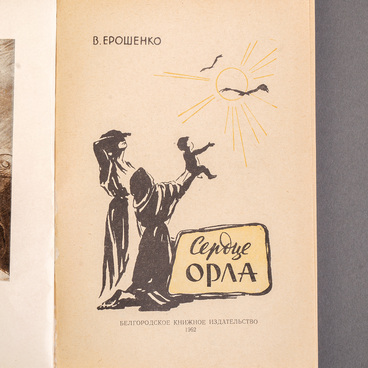A native of Belgorod, Nikolay Dmitriyevich Anoshchenko was born in 1894 into the family of a lawyer. A granite plaque on the wall of a house on Bogdan Khmelnytsky Avenue says that it was there that the “first Red Army balloon pilot and professor” Anoshchenko spent his early years.
Nikolay Anoshchenko was among the pioneers of aviation and cinema and showed himself as an inventor, a teacher, and a military man.
Nikolay’s first penchant was for sports. When he first saw a film as a teenager, he became fascinated with the art of cinema. While studying at a Moscow gymnasium, he began to broaden his knowledge of the subject and became interested in aviation at the same time. Like cinema, this industry was the breeding ground for discoveries.
The biography of the pilot Nikolay Anoshchenko began with aircraft modeling and a prize won in a flying model contest. Immediately after graduating from the gymnasium, he went to war to serve in military aviation, where his talent as a tester and inventor flourished again. After performing one of the first demonstration parachute jumps in the Soviet army from a 720-meter height, Anoshchenko developed a new system for suspending and packing a parachute canopy and successfully tested it himself.
He was promoted to the rank of commander of a balloon detachment; in 1920, he was appointed assistant chief of the Red Army Air Fleet. After the Russian Civil War, he became a senior civil aviation inspector.
In the 1920s, Nikolay Anoshchenko published a number of promotional books and articles on gliders, balloons, parachuting, and other “air” topics.
For a long time, Anoshchenko worked in the Central Section of the History of Aviation and Aeronautics under the USSR Central Committee of the Volunteer Society for Cooperation with the Army, Aviation, and Navy as deputy chairman, and over the years, he was awarded diplomas, medals, and orders.
It was aviation, which temporarily superseded Anoshchenko’s interest in cinema, that brought him back into the film industry a year later. In 1918, Nikolay Anoshchenko was invited as a technical advisor on a filming set of popular science educational films for future pilots. In 1924, he entered the camera department of a cinematography college, and a year later, along with other best students, he visited Germany to study the achievements of foreign filmmakers. Subsequently, he graduated from the Institute of Cinematography, worked as a camera operator at the Armenkino and Vostokkino studios, wrote scripts and directed films. Anoshchenko went down in Soviet cinema history as the creator of the first color and sound movie. For his achievements in the development of cinematography, Nikolay Anoshchenko was awarded the honorary title of “Outstanding Cinematographer” and the Order of the Red Banner of Labor.
Nikolay Anoshchenko was among the pioneers of aviation and cinema and showed himself as an inventor, a teacher, and a military man.
Nikolay’s first penchant was for sports. When he first saw a film as a teenager, he became fascinated with the art of cinema. While studying at a Moscow gymnasium, he began to broaden his knowledge of the subject and became interested in aviation at the same time. Like cinema, this industry was the breeding ground for discoveries.
The biography of the pilot Nikolay Anoshchenko began with aircraft modeling and a prize won in a flying model contest. Immediately after graduating from the gymnasium, he went to war to serve in military aviation, where his talent as a tester and inventor flourished again. After performing one of the first demonstration parachute jumps in the Soviet army from a 720-meter height, Anoshchenko developed a new system for suspending and packing a parachute canopy and successfully tested it himself.
He was promoted to the rank of commander of a balloon detachment; in 1920, he was appointed assistant chief of the Red Army Air Fleet. After the Russian Civil War, he became a senior civil aviation inspector.
In the 1920s, Nikolay Anoshchenko published a number of promotional books and articles on gliders, balloons, parachuting, and other “air” topics.
For a long time, Anoshchenko worked in the Central Section of the History of Aviation and Aeronautics under the USSR Central Committee of the Volunteer Society for Cooperation with the Army, Aviation, and Navy as deputy chairman, and over the years, he was awarded diplomas, medals, and orders.
It was aviation, which temporarily superseded Anoshchenko’s interest in cinema, that brought him back into the film industry a year later. In 1918, Nikolay Anoshchenko was invited as a technical advisor on a filming set of popular science educational films for future pilots. In 1924, he entered the camera department of a cinematography college, and a year later, along with other best students, he visited Germany to study the achievements of foreign filmmakers. Subsequently, he graduated from the Institute of Cinematography, worked as a camera operator at the Armenkino and Vostokkino studios, wrote scripts and directed films. Anoshchenko went down in Soviet cinema history as the creator of the first color and sound movie. For his achievements in the development of cinematography, Nikolay Anoshchenko was awarded the honorary title of “Outstanding Cinematographer” and the Order of the Red Banner of Labor.



